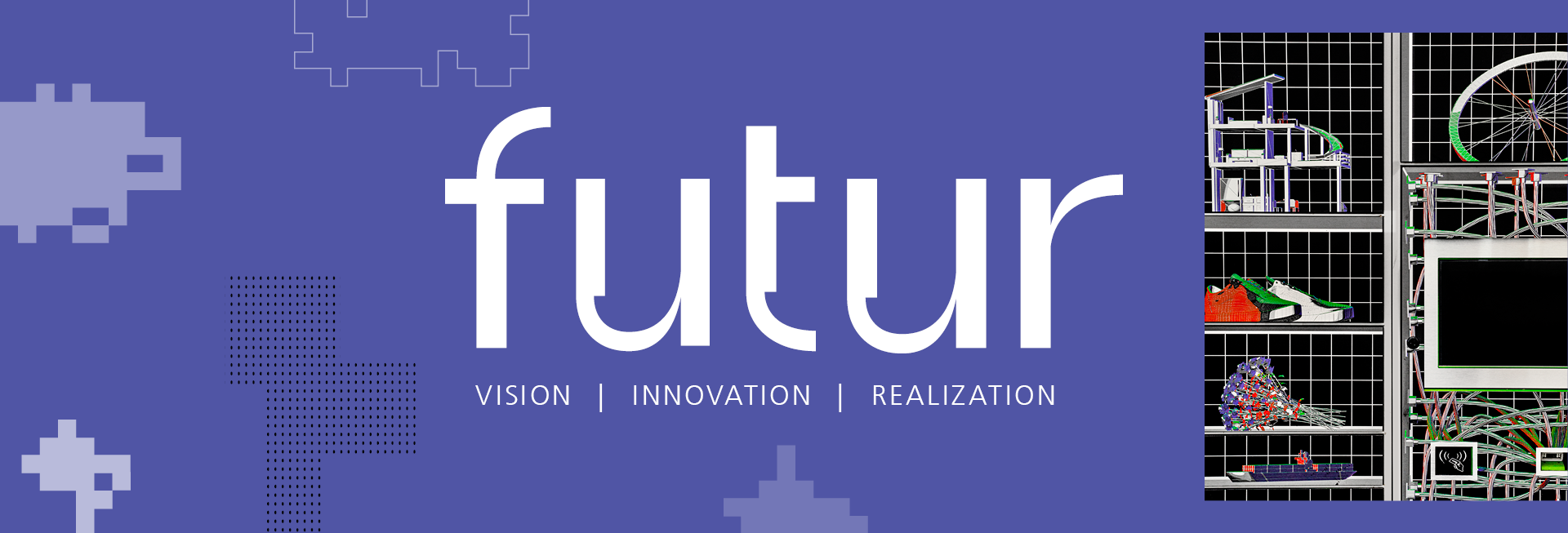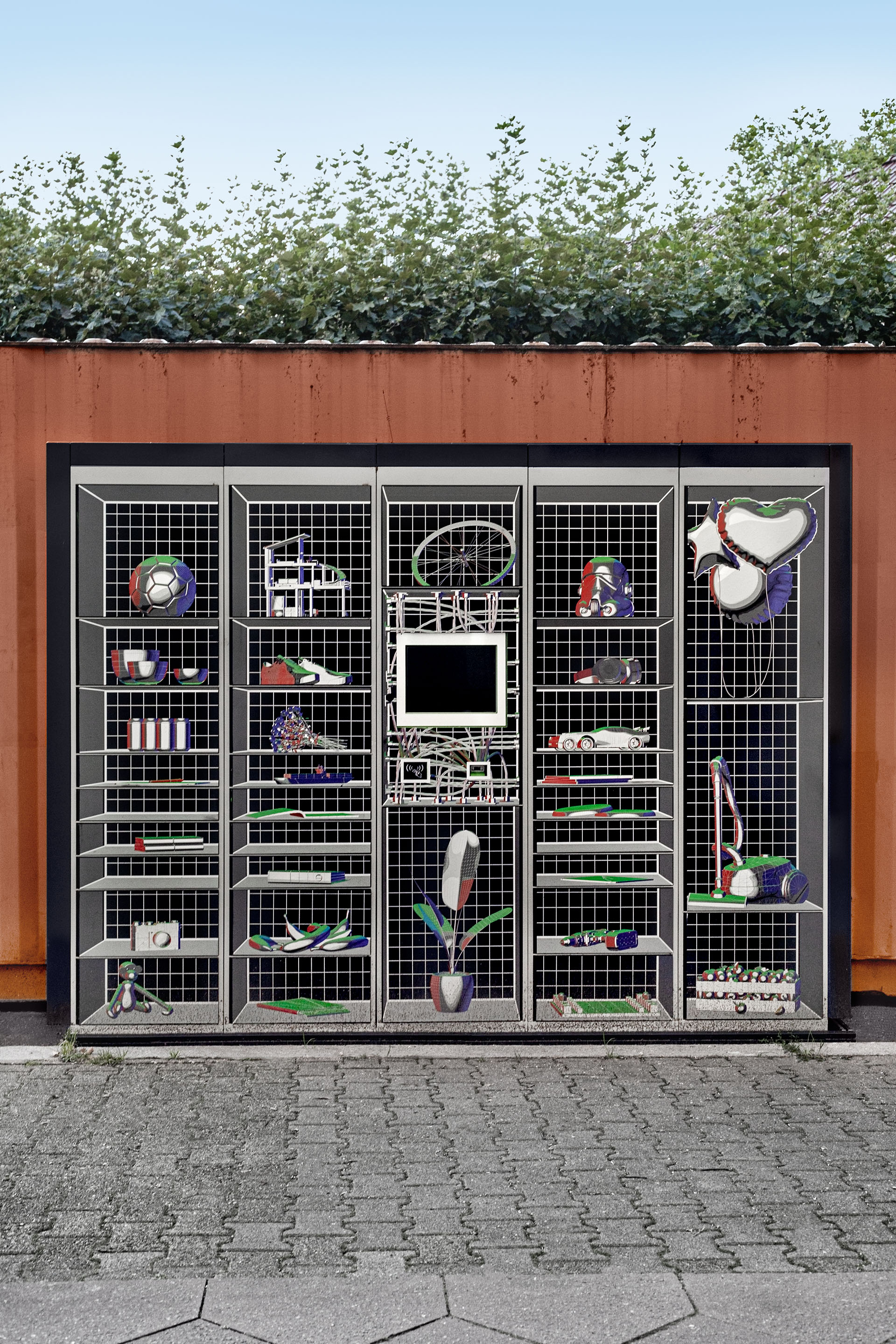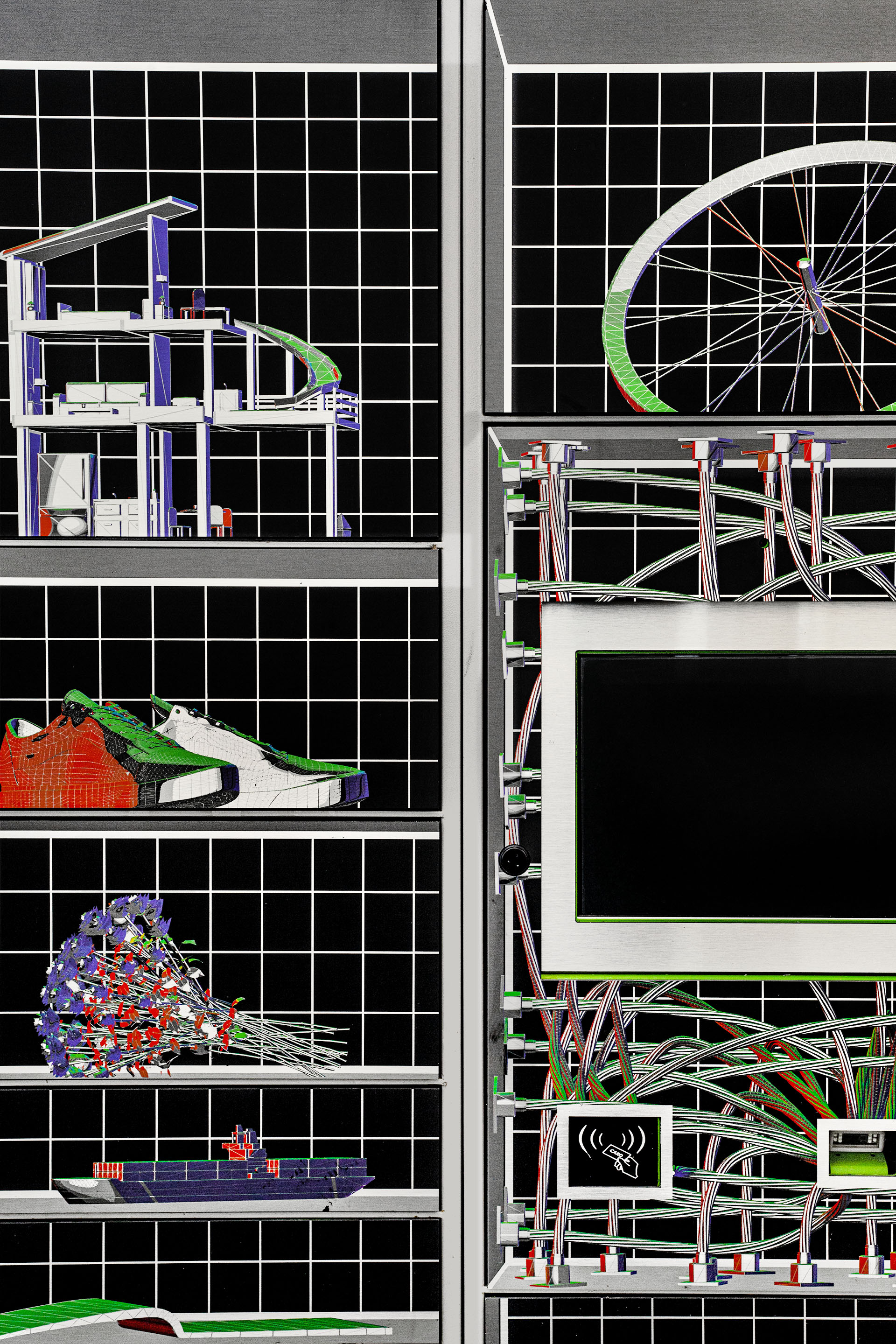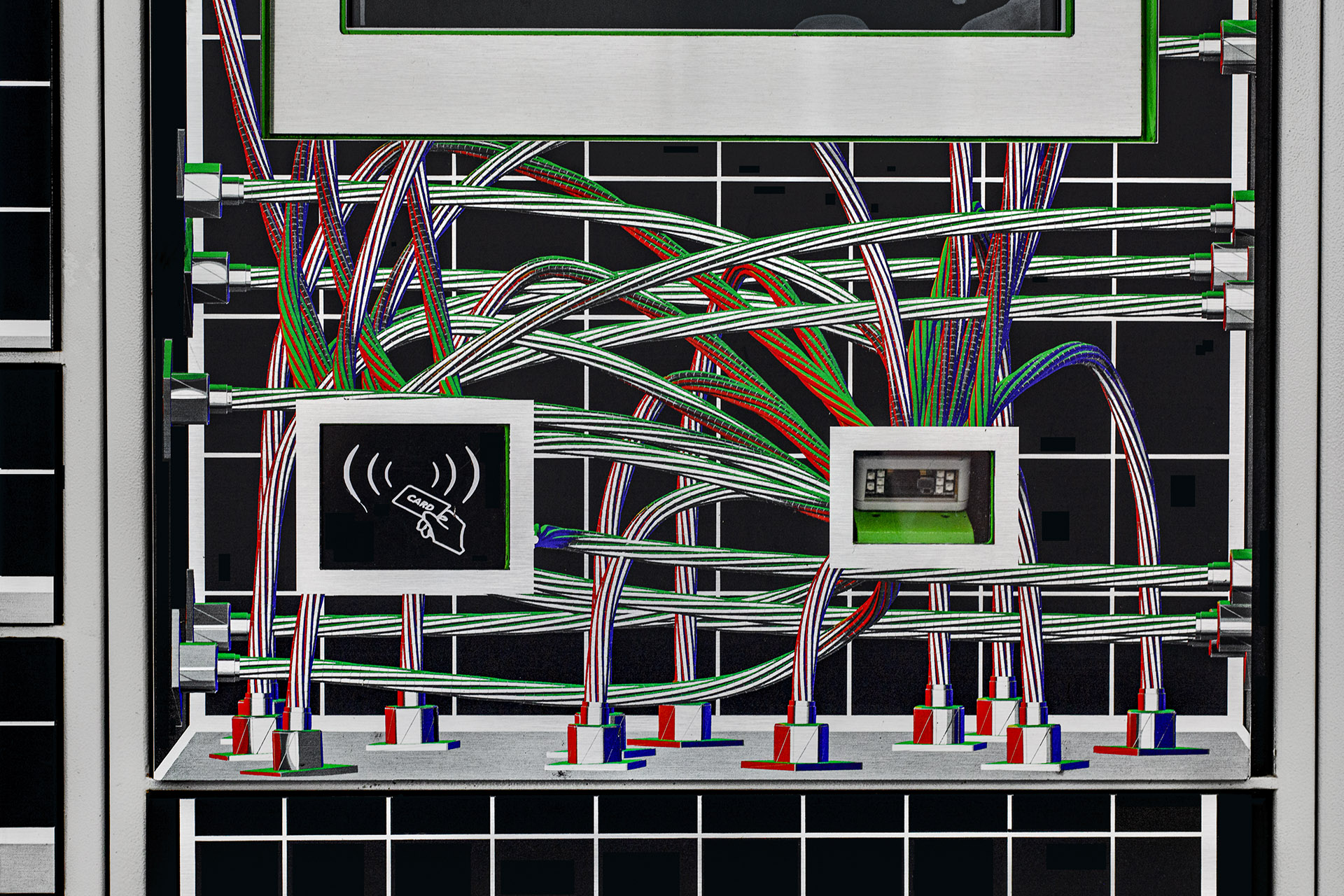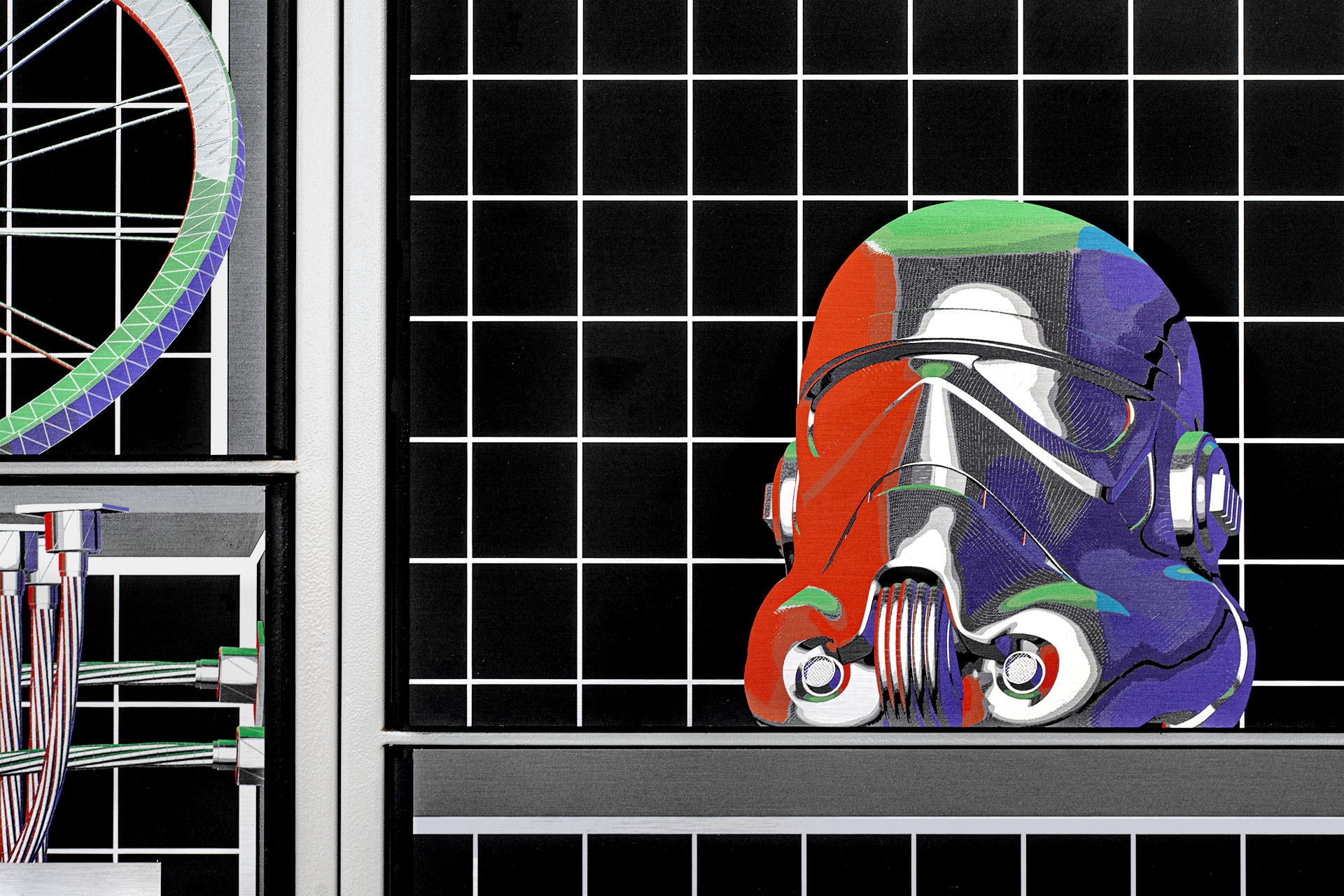Mobilizing Neighborhoods
How can quality of life within a neighborhood be increased? The Berlin district of Charlottenburg-Wilmersdorf is breaking new ground around the area of Mierendorffplatz by taking scientifically based model projects one step further.
One important contribution to the sustainable development of the neighborhood is the so-called »flexible neighborhood hub« or »Flex Q-Hub«. It serves as the basis for neighborhood-based logistics, which aim to handle delivery traffic in urban areas in an environmentally friendly and city-friendly manner. The hub, which is a provider-independent parcel station, enables not only parcel delivery and collection by private individuals, but also intermediate storage by courier, express and parcel services. The possibility of tool sharing for residents will also be tested.
The highlight of the Flex Q-Hub is its intelligent compartments. Each compartment pursues its own strategy. They negotiate their offerings among themselves on a virtual market in order to appear as a unified system to the outside world. Manuel Bösing, project manager at Fraunhofer IPK, describes the system as follows: »Each compartment acts as its own agent with individual attributes. Collectively, they operate as a multi-agent system to intelligently process various private and commercial customer requests. This ensures optimal utilization of the capacity of the Flex Q-Hub. Taking individual requests into account fosters greater customer loyalty.« In each case, profiles are created to store the selection history of individual customers. The decisions that are being made in this process are incorporated into the future allocation of compartments. For example, if a person often reserves a certain compartment at a certain fixed time, this behavior pattern can be recorded by a decision support AI. The corresponding compartment or compartments with similar attributes are then kept free for the identified period. This helps ensure that returning customers are always able to find a suitable compartment.
The inception and further development of the multi-agent system with its decision support AI is the purview of the Fraunhofer IPK team. Since June 2021, a prototype of the Flex Q-Hub has been located on Mierendorffplatz, a square in Berlin-Charlottenburg not far from Fraunhofer IPK. Under the name »mieri-mobil«, part of Mierendorffplatz will be used to test forward-looking concepts designed to make the district more sustainable and more social. »People like using the Flex Q-Hub because it is simple and it brings more flexibility into their own lives,« explains Manuel Bösing. In any case, it is already a particular eye-catcher, as the individual compartments are designed with a sensational 3D look from the outside.
The printed images show, as if through X-ray vision, what might be hiding behind the doors: A houseplant, perhaps? A bicycle tube? New sneakers? The design is the result of a competition which architect and designer Klemens Sitzmann won. Regarding the significance of design in the context of the project, Sitzmann comments: »Good ideas need to be brought to the people, and particularly in Berlin, a sensitive approach and successful communication are key for the acceptance of new projects. Innovation must be fun, and progress needs to invigorate.«
The prototype was created as the core element of the »Stadtquartier 4.1« (City District 4.1) research project, in which partners from business and science address the question of what urban logistics could look like in the future. Apart from Fraunhofer IPK, LogisticNetwork Consultants GmbH (LNC), the Leibniz Institute for Research on Society and Space (IRS) and insel-projekt.berlin UG (IPB) are also involved. The German Federal Ministry of Education and Research is funding the »Stadtquartier 4.1« project until April 31, 2022 via the funding measure »Anschlussvorhaben nachhaltige Transformation urbaner Räume« (Follow-up project: Sustainable Transformation of Urban Areas).
 Fraunhofer Institute for Production Systems and Design Technology
Fraunhofer Institute for Production Systems and Design Technology